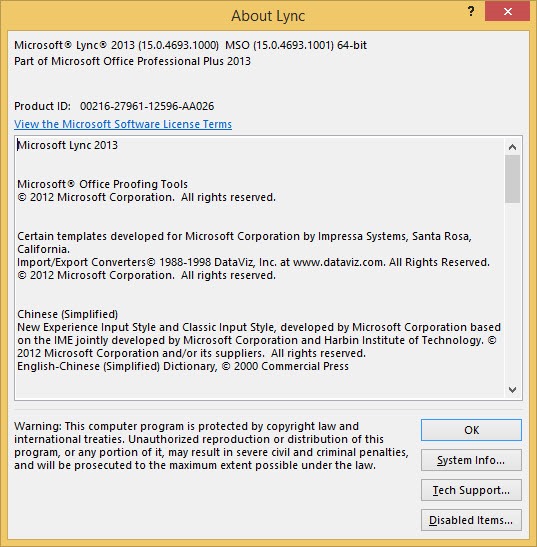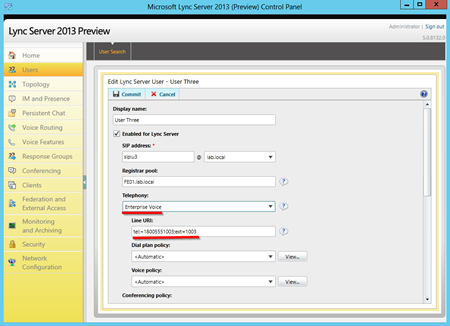
One computer hosting the domain controller. One computer hosting the Exchange Hub Transport server, which routes email messages from the Exchange Unified Messaging server to user mailboxes. One computer hosting the Exchange Mailbox server, which hosts user mailboxes and provides a single storage location for email and voice mail. One computer hosting the Exchange Client Access server role, which hosts client protocols and services, such as Post Office Protocol version 3 (POP3), Internet Message Access Protocol 4 (IMAP4), Secure Hypertext Transfer Protocol (HTTPS), Outlook Anywhere, Availability service, and Autodiscover service.

The test topology included seven computers containing the following server roles or clients: The test team used the topology and computer configurations described below to perform the tests.

Understanding the Relative Costs of Client Access Server Workloads in Exchange Server 2010 This analysis applies to Exchange Server 2010, Lync Server 2010, and the Lync 2010 desktop client.Īnd were executed in an environment similar to the environment used in White Paper: The results of this testing, presented below, give you a better understanding of the impact that a Lync 2010 client may have on an existing or planned Exchange Server 2010 deployment.

The Lync Server test team, in partnership with the Exchange Scalability and Capacity Planning team, investigated the capacity impact of running a Lync 2010 desktop client according to Lync Server 2010, Lync 2010 client, Exchange Server 2010 This estimate can be used to determine the Exchange Server resources required to design a new or expand an existing Microsoft Lync Server 2010 deployment.īrian Stucker,Vidya Sundaram, and Qing Yang The goal of this article is to give the reader an estimate of the relative impact that the Microsoft Lync 2010 desktop client has on the Microsoft Exchange 2010 Client Access server. First published on TECHNET on Jun 29, 2011


 0 kommentar(er)
0 kommentar(er)
